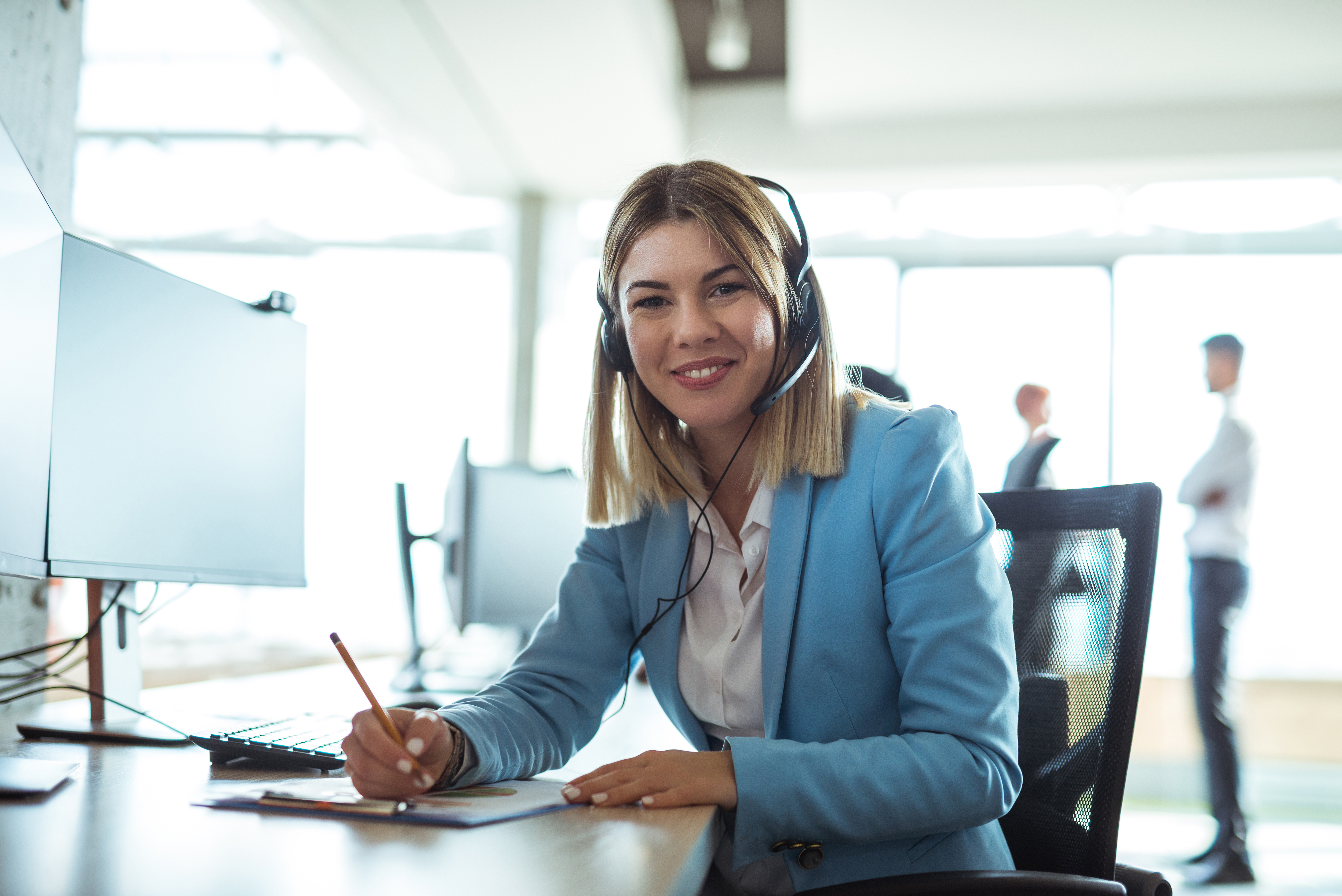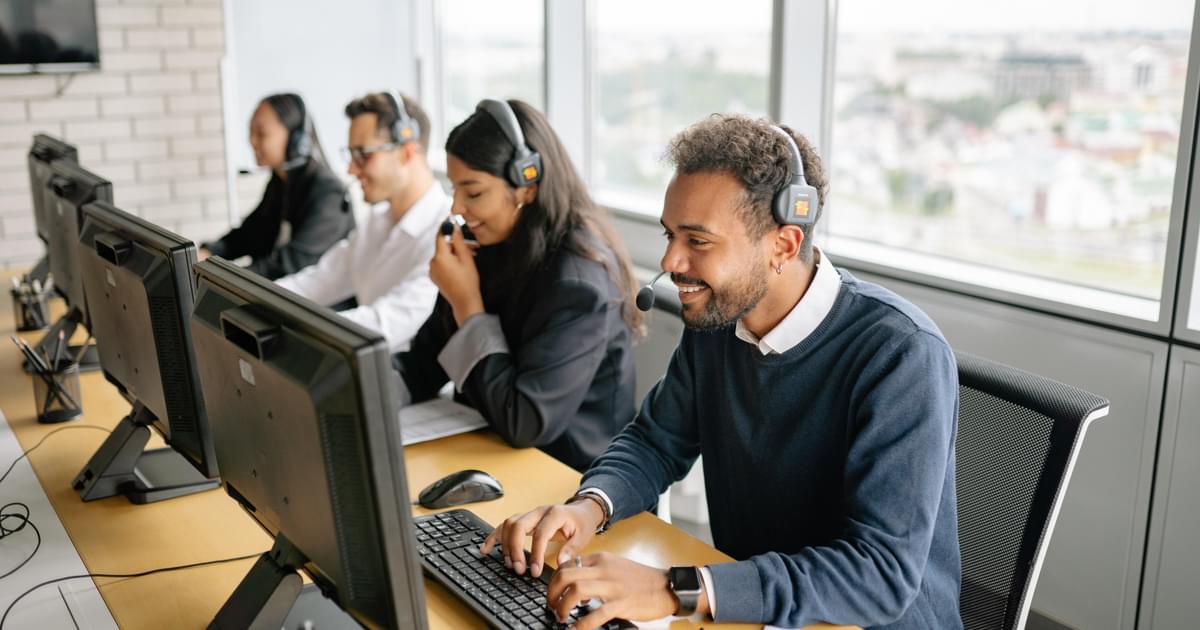All Categories
Featured
Table of Contents
- – What Is The Best Discover How To Set Up A Call ...
- – What Is The Best Outsource Answering Service C...
- – What Is The Best Telstra Voice Features & Serv...
- – Which Is The Best Telstra Voice Features & Se...
- – What Are The Best How Do Answering Services W...
- – What Is The Best How To Start An Answering S...
What Is The Best Discover How To Set Up A Call Answering Service With A 7- ... Service?
This device and its successors were created by Sava Jacobson, an electrical engineer with a private consulting business. While early answering devices utilized magnetic tape technology, the majority of modern-day equipment utilizes strong state memory storage; some gadgets utilize a combination of both, with a solid-state circuit for the outbound message and a cassette for the inbound messages.
"toll saving" listed below) (professional phone answering service). This is useful if the owner is screening calls and does not wish to speak with all callers. In any case after going, the calling celebration must be notified about the call having been responded to (most of the times this starts the charging), either by some remark of the operator, or by some greeting message of the little bit, or resolved to non-human callers (e.
This holds especially for the TADs with digitally stored welcoming messages or for earlier machines (prior to the rise of microcassettes) with an unique limitless loop tape, separate from a second cassette, dedicated to recording. There have actually been answer-only gadgets with no recording abilities, where the greeting message had to inform callers of a state of existing unattainability, or e (answering service).
What Is The Best Outsource Answering Service Company Sri Lanka Available Today

about accessibility hours. In taping Little bits the greeting typically consists of an invitation to leave a message "after the beep". A voice mail that utilizes a microcassette to record messages On a dual-cassette answerphone, there is an outbound cassette, which after the specified number of rings plays a pre-recorded message to the caller.

Single-cassette answering machines contain the outbound message at the beginning of the tape and inbound messages on the staying space. They initially play the announcement, then fast-forward to the next readily available area for recording, then tape-record the caller's message. If there are lots of previous messages, fast-forwarding through them can cause a significant delay.
This beep is typically referred to in the welcoming message, asking for that the caller leave a message "after the beep". TADs with digital storage for the recorded messages do disappoint this hold-up, naturally. A TAD might provide a push-button control center, where the answerphone owner can ring the house number and, by going into a code on the remote telephone's keypad, can listen to recorded messages, or erase them, even when far from house.
What Is The Best Telstra Voice Features & Services - Home Phone Out

Thereby the machine increases the variety of rings after which it responds to the call (typically by 2, leading to 4 rings), if no unread messages are currently stored, but answers after the set number of rings (typically 2) if there are unread messages. This permits the owner to find out whether there are messages waiting; if there are none, the owner can hang up the phone on the, e.
Some makers likewise permit themselves to be remotely triggered, if they have been turned off, by calling and letting the phone ring a particular a great deal of times (generally 10-15). Some service companies abandon calls already after a smaller sized number of rings, making remote activation impossible. In the early days of TADs an unique transmitter for DTMF tones (dual-tone multi-frequency signalling) was regionally needed for remote control, considering that the previously utilized pulse dialling is not apt to convey suitable signalling along an active connection, and the dual-tone multi-frequency signalling was carried out step-by-step.
Any inbound call is not identifiable with respect to these properties in advance of going "off hook" by the terminal equipment. So after going off hook the calls should be changed to proper devices and just the voice-type is instantly available to a human, however perhaps, however should be routed to a TAD (e.
Which Is The Best Telstra Voice Features & Services - Home Phone Company
What if I told you that you do not need to in fact pick up your device when answering a consumer call? Somebody else will. So hassle-free, right? Answering phone calls doesn't need someone to be on the other end of the line. Effective automated phone systems can do the technique simply as efficiently as a live agent and sometimes even better.
An automated answering service or interactive voice response system is a phone system that communicates with callers without a live person on the line - phone answering. When business utilize this technology, clients can get the answer to a question about your organization just by utilizing interactions established on a pre-programmed call circulation.
Although live operators upgrade the customer service experience, numerous calls do not need human interaction. A simple recorded message or guidelines on how a client can obtain a piece of details generally fixes a caller's immediate need - professional phone answering service. Automated answering services are a simple and effective method to direct inbound calls to the right individual.
What Are The Best How Do Answering Services Work? Brands To Buy
Notification that when you call a company, either for support or item query, the first thing you will hear is a pre-recorded voice welcoming and a series of alternatives like press 1 for client service, press 2 for queries, and so on. The pre-recorded options branch off to other options depending upon the customer's choice.
The phone tree system helps direct callers to the right individual or department utilizing the keypad on a smart phone. In some instances, callers can use their voices. It's worth noting that auto-attendant choices aren't limited to the ten numbers on a phone's keypad. As soon as the caller has actually chosen their very first alternative, you can design a multi-level auto-attendant that utilizes sub-menus to direct the caller to the right sort of support.
The caller does not need to interact with an individual if the auto-attendant phone system can manage their issue. The automated service can route callers to a staff member if they reach a "dead end" and need support from a live agent. It is costly to work with an operator or executive assistant.
What Is The Best How To Start An Answering Service Business Out
Automated answering services, on the other hand, are considerably cheaper and supply substantial cost savings at approximately $200-$420/month. Even if you do not have actually devoted personnel to manage call routing and management, an automatic answering service improves performance by enabling your group to focus on their strengths so they can more efficiently invest their time on the phone.
A sales lead routed to customer care is a lost shot. If a customer who has item concerns reaches the incorrect department or gets incomplete responses from well-meaning employees who are less trained to deal with a particular kind of concern, it can be a reason for aggravation and dissatisfaction. An automatic answering system can minimize the number of misrouted calls, consequently helping your workers make better usage of their phone time while maximizing time in their calendar for other jobs.
With Automated Answering Systems, you can produce a customized experience for both your staff and your callers. Make a recording of your primary welcoming, and just upgrade it frequently to show what is going on in your organization. You can create as lots of departments or menu choices as you desire.
Table of Contents
- – What Is The Best Discover How To Set Up A Call ...
- – What Is The Best Outsource Answering Service C...
- – What Is The Best Telstra Voice Features & Serv...
- – Which Is The Best Telstra Voice Features & Se...
- – What Are The Best How Do Answering Services W...
- – What Is The Best How To Start An Answering S...
Latest Posts
Dental Answering Service ( Sydney 2067)
Tailored Live Receptionist Service Near Me – Coolangatta
Best Answering Service Pricing Near Me – Docklands
More
Latest Posts
Dental Answering Service ( Sydney 2067)
Tailored Live Receptionist Service Near Me – Coolangatta
Best Answering Service Pricing Near Me – Docklands